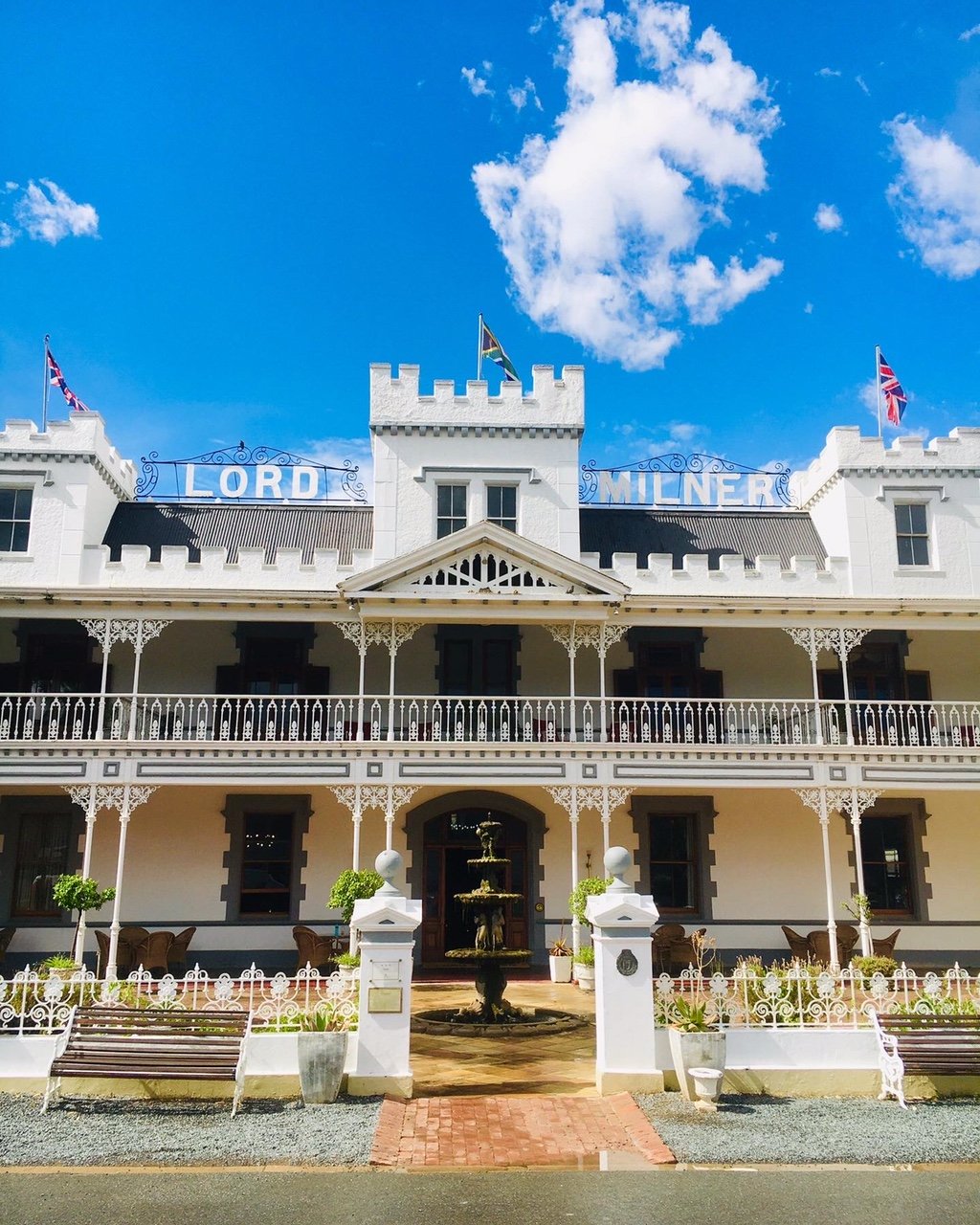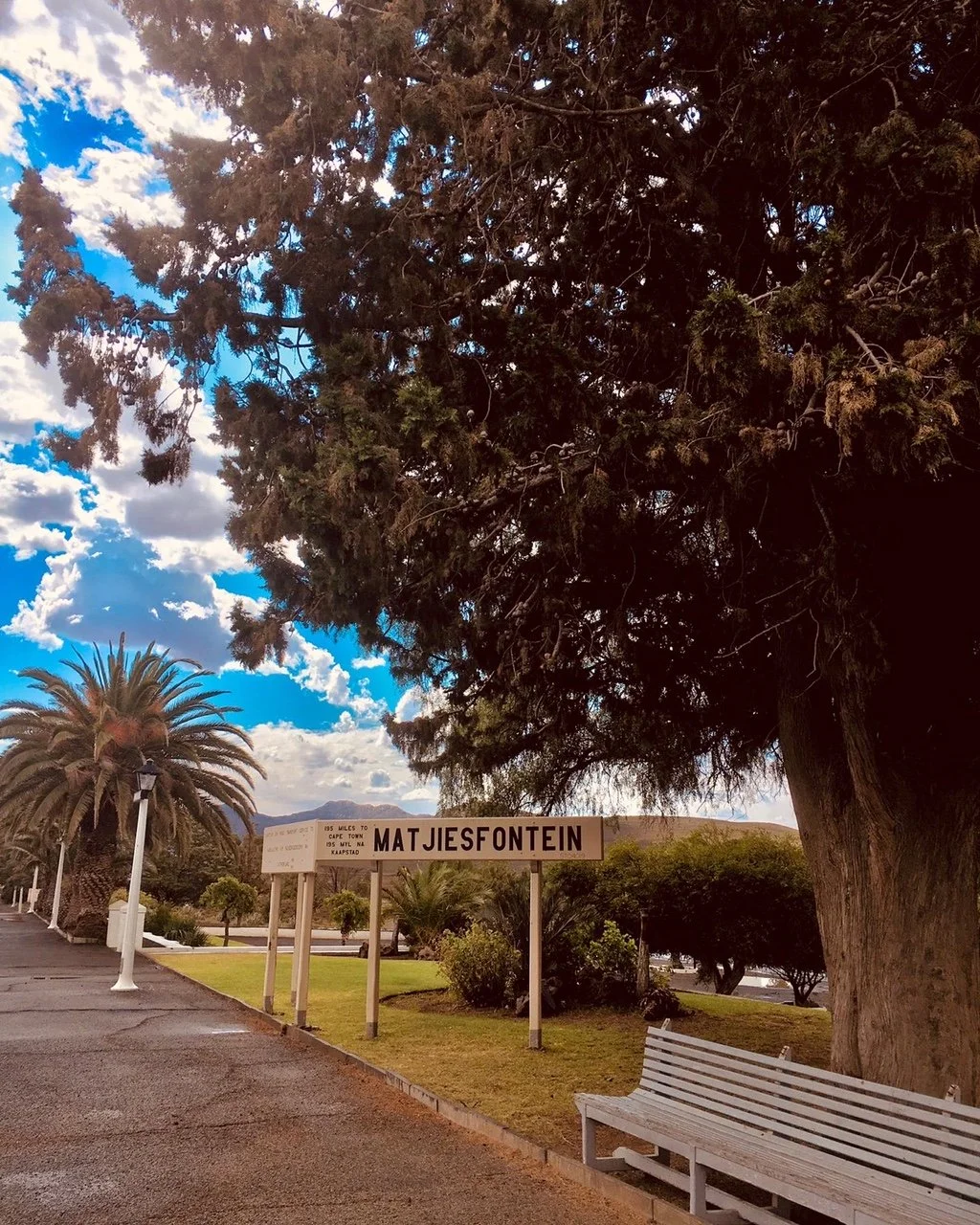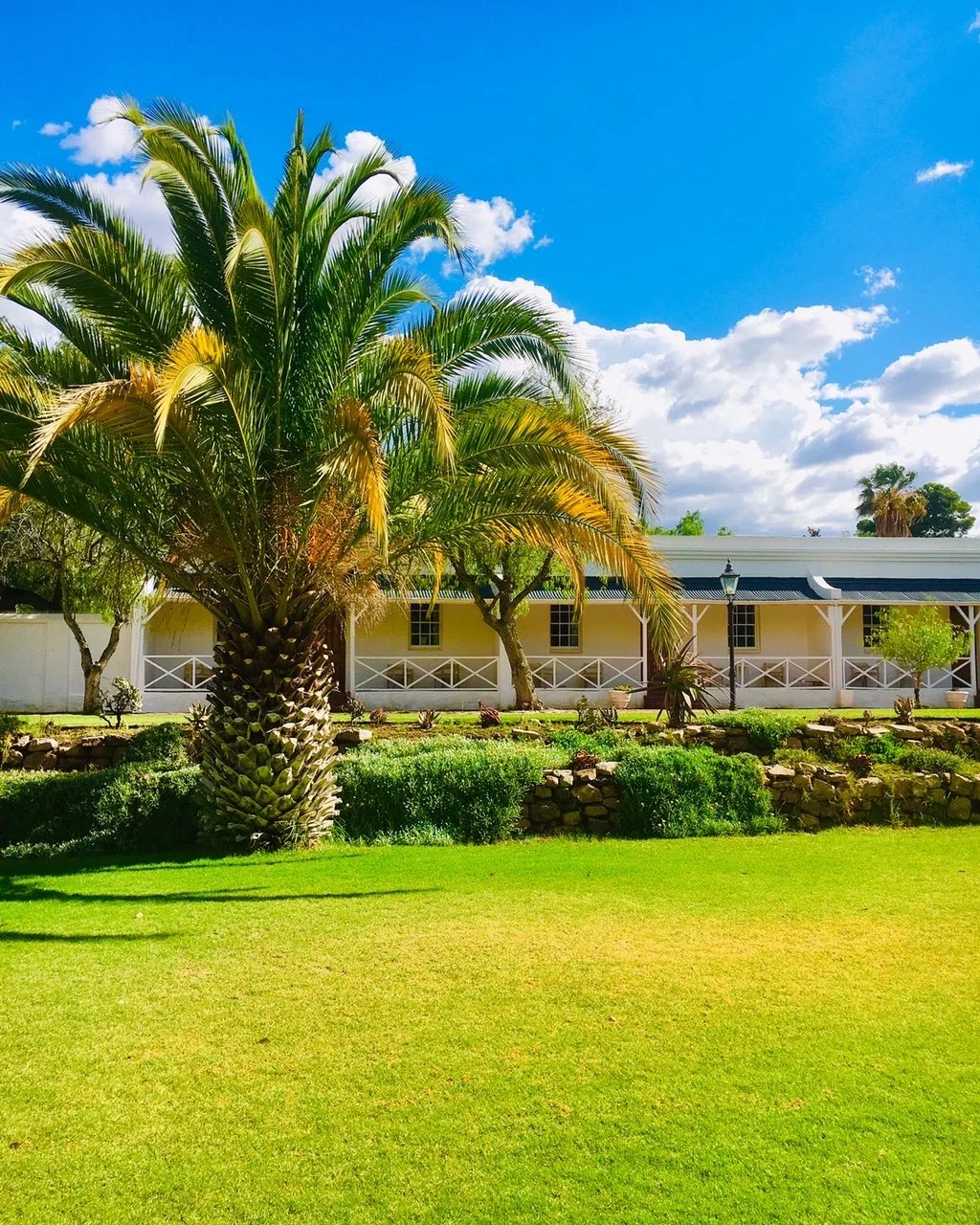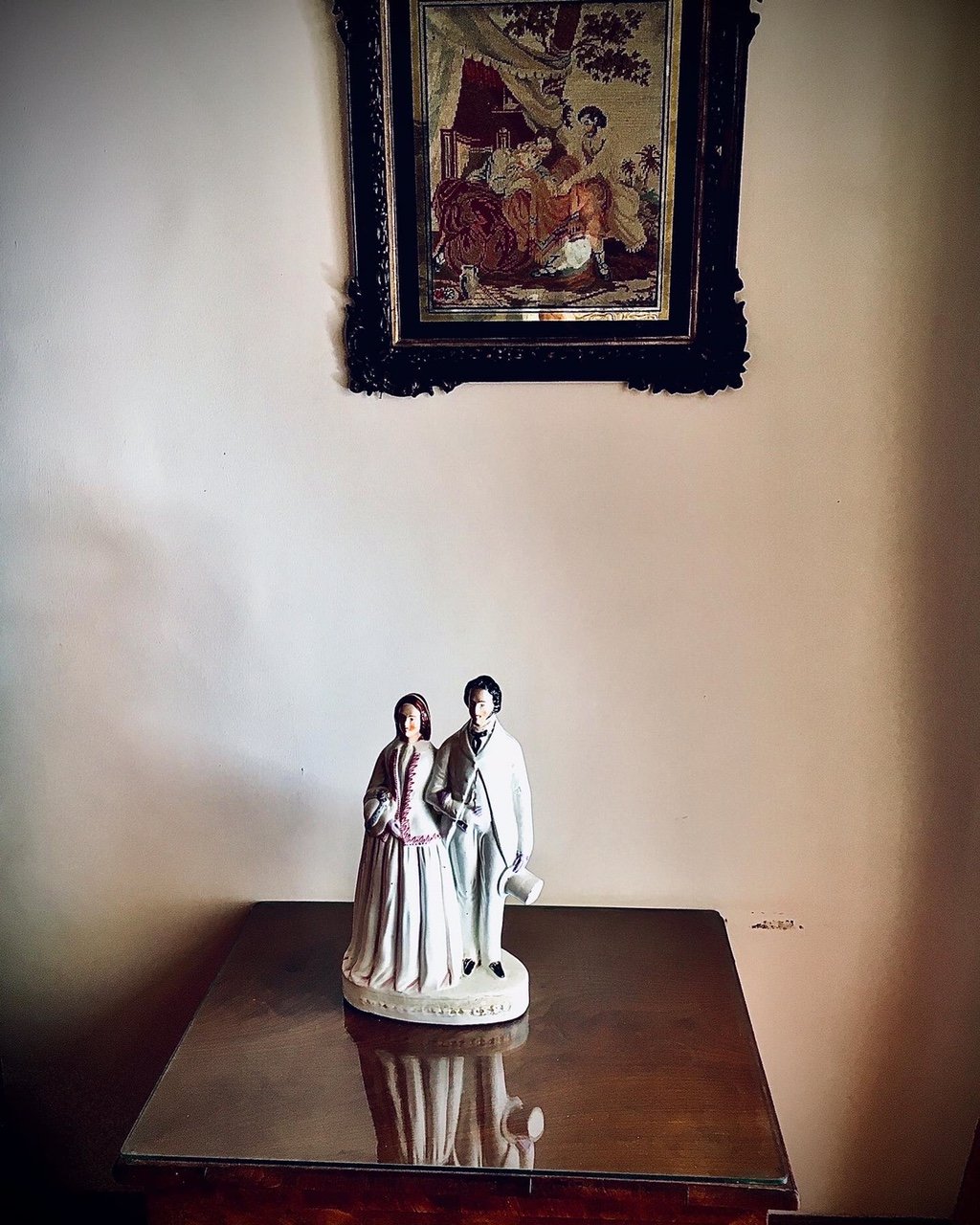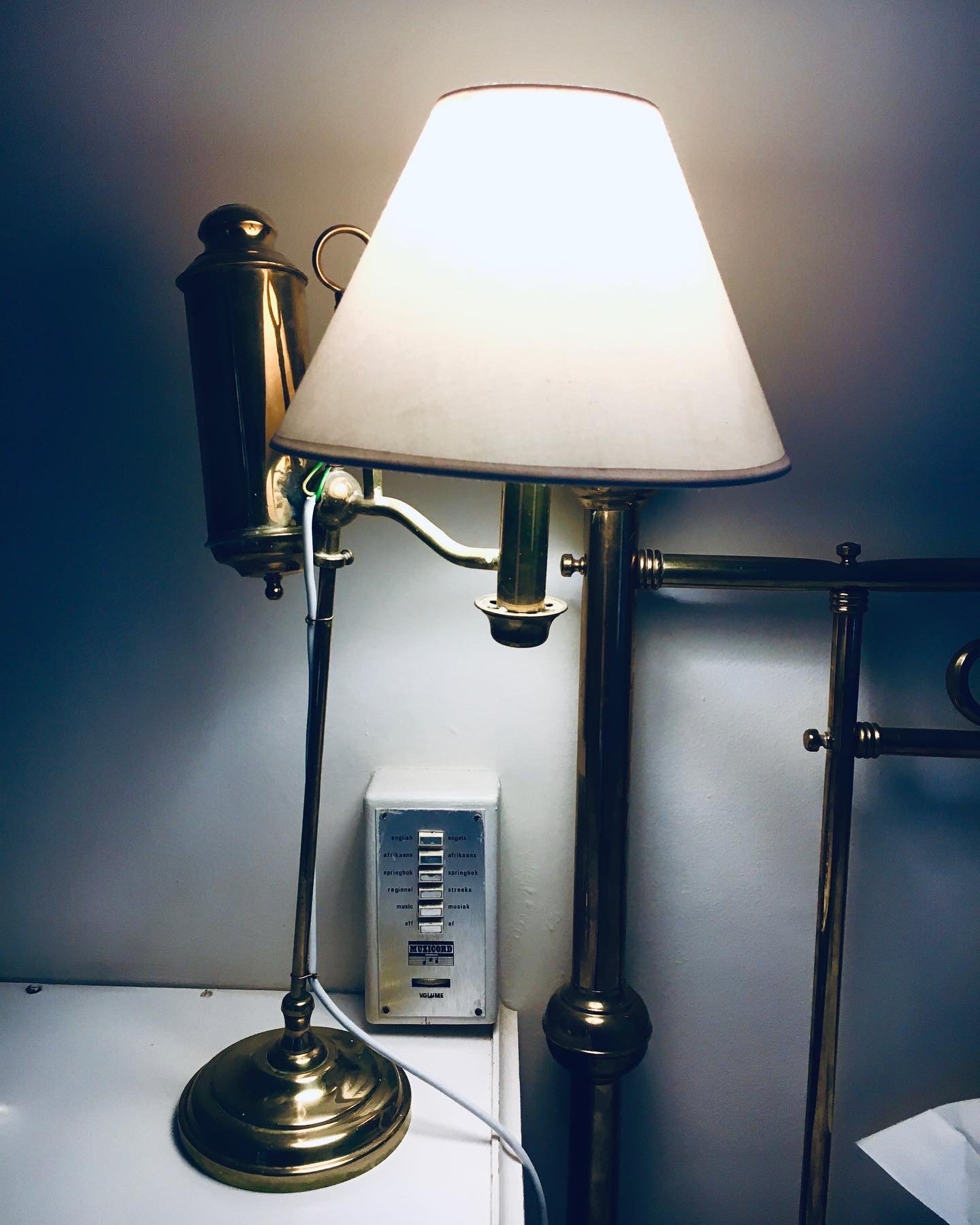Matjiesfontein, Lord Milner Hotel
I arrived at Matjiesfontein just before a big summer thunderstorm broke out. Here in the Karoo, rain is a present, a treat. Even in October of 2021, farmers in the Karoo were crying — and singing — after rain fell over the area, which has been in the grip of a prolonged drought.
The Lord Milner stands proud like a relic of forgotten times. Times of having cocktails before dinner.
Matjiesfontein was founded in 1884 by the legendary and energetic Scottish railway man, James Douglas Logan. The village established itself as a fashionable Victorian health spa, and is now well known for its splendid historical buildings and a peace and timelessness that is rare in modern-day South Africa.
The double-storey Hotel was built in 1899 by James Logan, in the early stages of The South African War. The hotel was used as a military hospital during the conflict with British forces and the hotel turret was then used as a lookout post. Some 10 000 troops were camped around the village during this time. James Logan, founder of Matjiesfontein, died in 1920 and is buried in a little cemetery 10 kilometres from Matjiesfontein. His tomb is located next to the grave of George Lohmann, a famous English cricketer who spent the last years of his life in the superb climatic environment of the Karoo.
In 1968, David Rawdon, hotelier par excellence whose claim to fame includes establishing Rawdons Hotel at Nottingham Road, the well-known Lanzerac Hotel set in the Stellenbosch vineyards, the Marine Hotel Hermanus, and The Drostdy Hotel in Graaff-Reinet, purchased Matjiesfontein Village. After performing extensive renovations and utilising the wealth of antiques gathered during his world travels, David reopened the hotel in 1970, renaming it The Lord Milner Hotel.
The grandeur of Matjiesfontein stretches back to a heyday when the village was a fashionable health spa that attracted visitors from all over the world, including Lord Randolph Churchill (father of Winston), Cecil John Rhodes and Rudyard Kipling.
The entire village of Matjiesfontein was preserved as a National Heritage Site in 1975.



